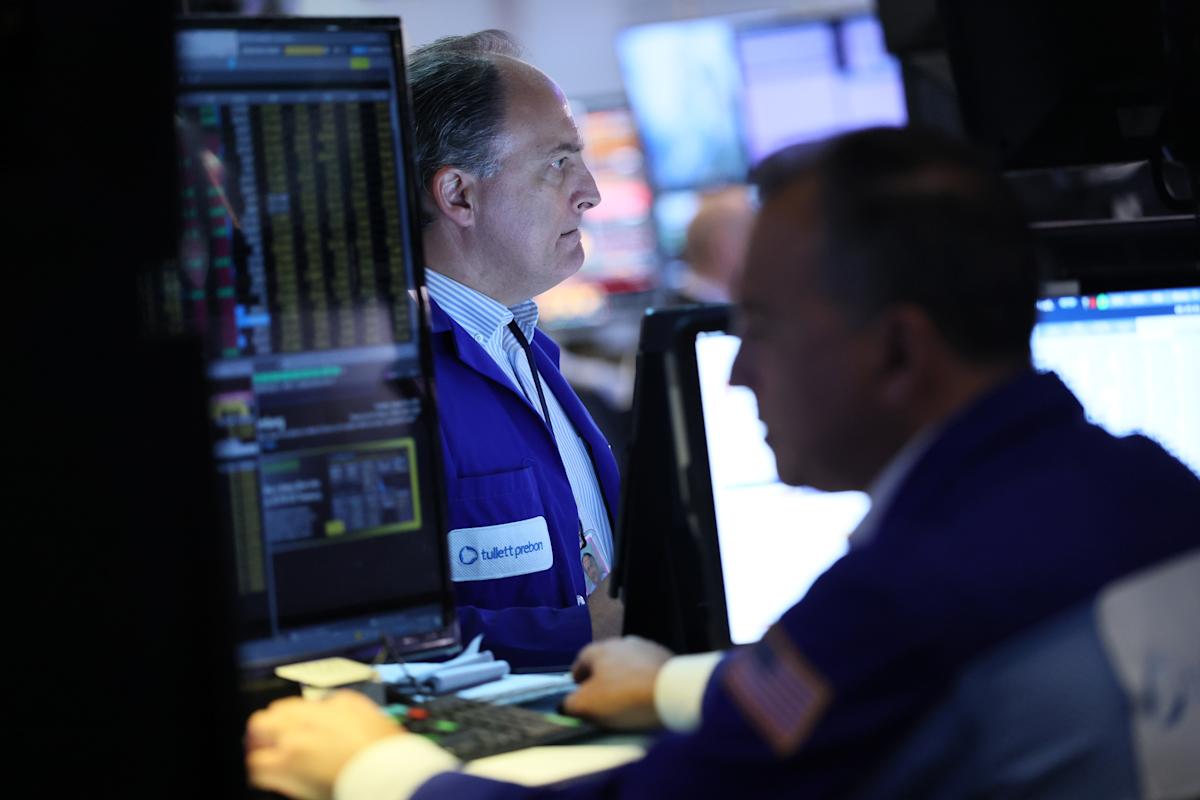Digital assets are no longer just a playground for early adopters — big institutions are now stepping in. From pension funds to multi-strategy hedge funds, investors are increasingly looking for crypto exposure. Yahoo Finance Future Focus caught up with Anatoly Crachilov, CEO of Nickel Digital, to find out which institutions are leading the charge and what’s driving their interest.
Crachilov traced the evolution of crypto investors over Nickel Digital’s six-and-a-half-year history. Initially, demand came from family offices, but today, larger institutional players are increasingly stepping in.
“You have endowments, foundations, pension funds carefully exploring the space,” he said. “Ultimately, they will become larger allocators.”
Read more: Crypto live prices
Crachilov noted that most pension funds remain in the early stages, conducting due diligence, engaging with regulated managers, and testing small pilot allocations through diversified digital asset products. The key shift, he said, is that these conversations are now happening at the board level, signalling a move from theoretical interest to structured exploration.
Even traditional multi-strategy hedge funds have begun engaging with crypto, shifting from intellectual curiosity to strategic allocation.
Regulatory clarity, particularly in the US, has removed previous risks associated with digital asset investment.
“Crypto is healthy competition,” Crachilov explained. “It may be a very healthy additive to the treasury side of US business, which is why we see the proliferation of stablecoins and increasing institutional interest.”
Despite growing institutional adoption, crypto remains volatile. The market crash on 10 October, which saw some cryptocurrencies temporarily lose up to 99% of their value, highlighted this reality.
Crachilov emphasised that the event was a technical liquidation rather than a fundamental market sell-off. Unlike traditional equity markets, crypto exchanges lack coordinated circuit breakers. “If the market has to fall, it will,” he said, describing the sector as a “pure market economy.”
Read more: How bitcoin could be used as collateral for UK mortgages
Institutions, he said, are aware of these risks, and many seek risk-adjusted returns rather than outright exposure to market swings. Nickel Digital, for instance, has designed a fund that maintains just 5% volatility, roughly one-tenth of the underlying crypto market, allowing investors to gain exposure without being subject to extreme swings.
“Our path was to create a product that fits within a broader portfolio, offering predictable volatility rather than speculative beta,” said Crachilov.
These products rely on strategies like arbitrage, high-frequency trading, and market-making — pursuing market inefficiencies rather than directional bets on price movements. The goal: extract alpha while protecting client capital from extreme swings.
Crachilov also highlighted the growing importance of tokenisation. Recently, the UK’s Financial Conduct Authority approved tokenised investment funds, opening the door for broader participation and liquidity in previously illiquid markets. “Tokenisation is super liquid, allowing secondary market access globally to these tokens.”
Tokenisation also enables fractional ownership, lowering barriers to entry for private equity and hedge funds that typically require multi-million-dollar minimum investments.
Read more: Is Wall Street ready to venture beyond bitcoin and into altcoins?
“If you can drop a minimum investment from $10m to $500, you unlock the market,” said Crachilov. While tokenisation introduces new flows and potential market dislocations, he emphasised that core capital remains locked in the underlying fund, mitigating systemic risk.
Crachilov’s insights underscore a nuanced picture of institutional crypto adoption — significant, yet risk-conscious. Large investors are drawn by the promise of diversification, alpha generation, and liquidity, but they approach the market with careful risk management and regulatory awareness.
“The proliferation of liquidity and the development of tokenised investment vehicles are creating a new paradigm,” Crachilov said. “We’re moving from niche curiosity to an integrated component of sophisticated portfolios.”
As digital assets continue to mature, institutions are likely to play a central role in shaping market dynamics, balancing volatility with opportunity and increasingly leveraging innovative structures like tokenisation to unlock global capital.
Read more:
Download the Yahoo Finance app, available for Apple and Android.

